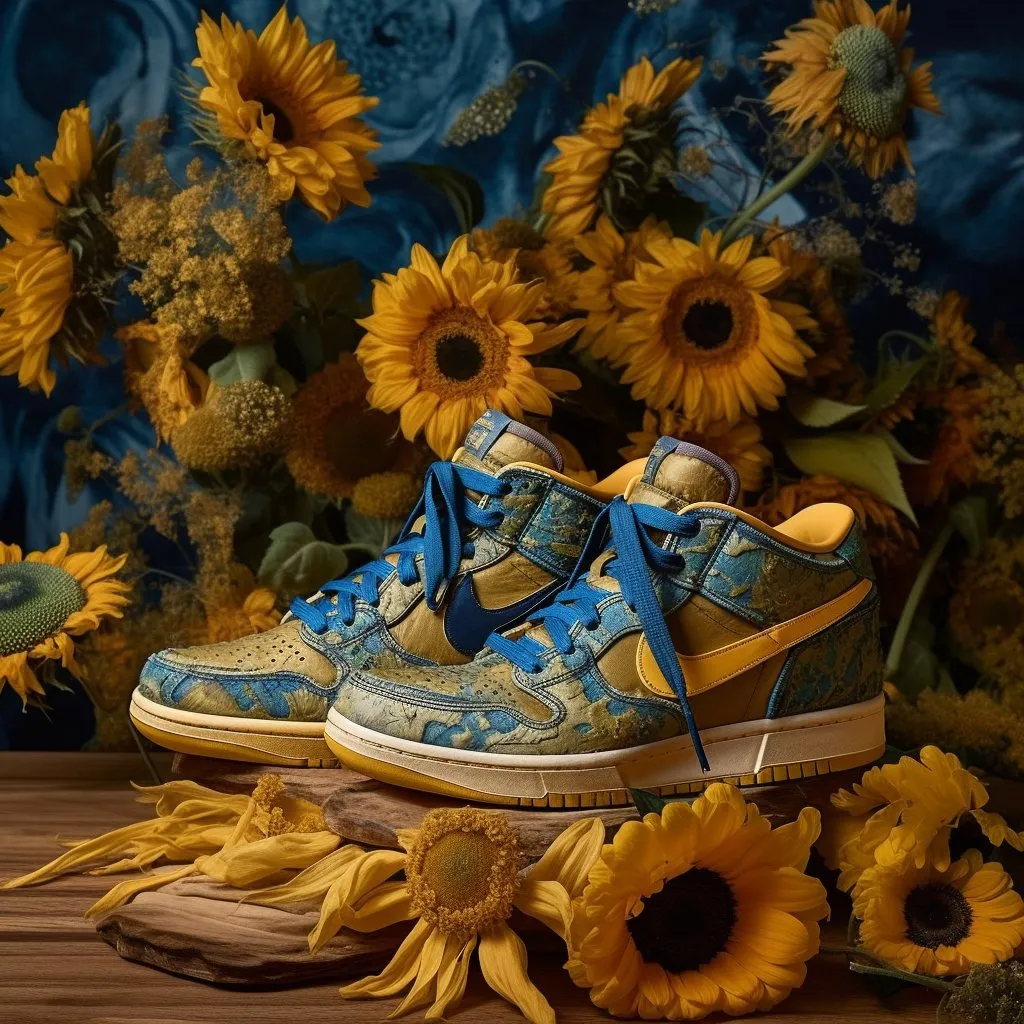Things required to build a startup:
— Andrew Gazdecki (@agazdecki) May 3, 2023
- Consistency
- Consistency
- Consistency
- Consistency
- Also consistency
5 weeks ago, I had 0 followers.
— Christelle Delli (@IamChristelleD_) May 3, 2023
I had never used Twitter in my life.
5 weeks later, I have:
• 550+ new connections
• A retainer contract to do Twitter & LinkedIn Ghost Writing
• A network of incredible like-minded people
Just keep going.
What’s on the other side is…
— Paramendra Kumar Bhagat (@paramendra) May 3, 2023
14 years ago
— Elon Musk (@elonmusk) May 3, 2023
Most people's problem is not work ethic.
— Kieran Drew (@ItsKieranDrew) May 3, 2023
It's working on the wrong thing.
You need to focus on high-leverage, creative, scalable solutions.
You need to outsource repetitive, non-creative actions.
Do this for a decade and you'll achieve what most people think impossible.
Change is inevitable; growth is optional.
— Peter H. Diamandis, MD (@PeterDiamandis) May 3, 2023
I have 10,000 blog posts
— Paramendra Kumar Bhagat (@paramendra) May 4, 2023
The thing that keeps me up at night?@OpenAI could take everything.
— Robert Scoble (@Scobleizer) May 3, 2023
This is the doomsday scenario the committee isn’t warning you about.
:)
— Paramendra Kumar Bhagat (@paramendra) May 3, 2023
Very interesting interview between @dankurtzphelan and General Milley on the evolving nature of war, major differences between Ukraine and Taiwan, and why the US needs to speak softly and carry a big stick to manage risks to Taiwan.https://t.co/nMJaVrGVW3 via @ForeignAffairs
— Ryan Hass (@ryanl_hass) May 3, 2023
JPMorgan looking at PacWest bank like… pic.twitter.com/S4VDVttUk1
— Douglas A. Boneparth (@dougboneparth) May 3, 2023
These movies were deemed some of the most flawless films ever made. If you watched any of these, you'll know how amazing it was.
— BUZZNET (@BUZZNET) May 1, 2023
now this is an about page pic.twitter.com/p9sifT7wNv
— Andy Weissman (@aweissman) May 3, 2023
But music is growing like crazy.
— Paramendra Kumar Bhagat (@paramendra) May 3, 2023
Try this business process:
— Leo | Growth Strategies 🚢 (@PathToIkigai) May 3, 2023
• Solve a problem
• Help 5 people solve the same problem
• Get feedback on what can be improved
• Systematize the process to be replicable
• Create content about how you helped people
• Promote the results obtained
Think of money as a reward.
Trees - whoever knows how to speak to them whoever knows how to listen to them can learn the truth. They do not preach learning and percepts.They preach undettered by particular the ancient law of life. Thank @PravatKafley sir 🙏 you made my day .https://t.co/cABcUIMEjm
— Prabhakar Bagchand (@PBagchand) May 3, 2023
We used to call it “the metaverse.”
— Robert Scoble (@Scobleizer) May 3, 2023
But this isn’t what Zuckerberg sold us.
Do we call it “metaverse 2.0?”
It took me a few seconds to realize this was all AI. https://t.co/hu1Z0AYrqE
Invest 10K Now, Harvest 10M In 10 Yearshttps://t.co/46c9E5x24i
— Paramendra Kumar Bhagat (@paramendra) May 3, 2023
DemocracyTechhttps://t.co/fX1Weke5np
Just had a 5 minute ice bath.
— Ben Merric (@TheBenMerric) May 3, 2023
I'm extremely disappointed.
According to twitter, I should be a millionaire now.
How about transitioning well? And having generous interim welfare?
— Paramendra Kumar Bhagat (@paramendra) May 3, 2023
— Paramendra Kumar Bhagat (@paramendra) May 3, 2023


